A Delicate Balancing Act: China's Evolving Monetary Strategy Seeks Stability Amid Global Volatility
In a global economic landscape riddled with uncertainty, China's central bank is signaling a recalibrated yet steady hand. Speaking at the Boao Forum for Asia 2025, Vice Governor of the People's Bank of China (PBOC) Xuan Changneng reaffirmed the nation's commitment to a moderately accommodative monetary policy while revealing a nuanced shift in how that policy will be executed: fewer rigid quantitative targets, and a deeper embrace of price-based tools.
This recalibration arrives as the PBOC navigates a convergence of domestic pressures and international headwinds—including persistent geopolitical friction, volatile capital flows, and fragile post-pandemic recoveries. For global financial professionals, especially those engaged in cross-border trade, capital markets, or macroeconomic risk assessment, these changes signal not only Beijing's policy direction but also its evolving view of how to maintain growth while managing volatility.
“In a world where economic anchors are scarce,
China appears determined to build stability not through rigidity, but through responsiveness.”
Beyond the Tools: A Structural Shift in Policy Thinking
For years, China's monetary framework has leaned on a hybrid of quantitative and price-based controls. However, with lending volumes and money supply increasingly susceptible to exogenous distortions, the PBOC is now reducing reliance on quantitative aggregates and leaning toward interest rate signaling—echoing frameworks more commonly found in developed economies. This shift, while technical, is profoundly consequential for global investors: it enhances the predictability of China's policy stance, reduces the noise in macro indicators, and aligns China more closely with international policy norms.
“Monetary policy remains supportive in aggregate terms,” said Xuan. “We have room to adjust policy rates and reserve ratios, and we will act as needed.” Such flexibility, he noted, will be exercised with a clear goal: stabilizing financing conditions without fueling asset bubbles.
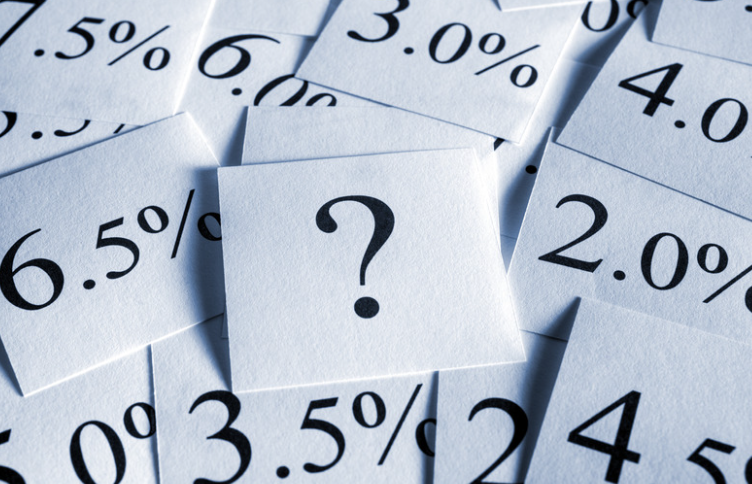
Precision Over Volume: The Rise of Structural Tools
What sets this round of monetary adjustment apart is the dual emphasis on total quantityand structural alignment. Beyond traditional tools, the PBOC has introduced innovative mechanisms like refinancing facilities targeting green finance, small businesses, and elderly care. In 2024, two new tools were added to bolster capital markets. This year, the PBOC plans to roll out a “Technology Bond Market” to steer low-cost funding directly toward high-tech enterprises, alongside expanded re-lending quotas for innovation and industrial upgrades.
These measures offer a strategic clue to foreign institutions: Beijing is not relying solely on macro liquidity but is meticulously channeling capital to catalyze long-term structural transformation. For multinational banks, asset managers, and export-oriented firms, these policy filters provide actionable signals about favored sectors, future demand centers, and compliance thresholds.
Exchange Rate Stability: A Policy Keystone
Amid these adjustments, China's stance on currency stability remains resolute. Speaking at a separate forum, PBOC Governor Pan Gongsheng warned of the risks posed by “pro-cyclical behavior” in foreign exchange markets and emphasized the need to correct excessive reactions that could destabilize expectations.
This message was reinforced by Huang Yiping, a noted economist and member of the PBOC's monetary policy committee. “While local currency depreciation may support exports on paper, the gains are often offset by trade barriers and weakened investor confidence,” Huang noted. “Stability in the renminbi is ultimately more valuable for preserving domestic financial resilience.”
For foreign corporates pricing contracts in RMB, or managing RMB exposure through hedging or treasury operations, this stable-but-flexible approach offers reassurance. Moreover, the coordination between onshore and offshore RMB policies, including collaboration with the Hong Kong Monetary Authority and support for offshore RMB futures, illustrates Beijing's continued ambition to internationalize its currency—albeit carefully.

Fiscal-Monetary Coordination and the Domestic Growth Engine
Monetary policy alone, however, is not expected to shoulder the full weight of China's economic recovery. Echoing Pan's remarks, recent guidance from the Central Economic Work Conference places renewed emphasis on domestic demand—especially consumer spending—as the core growth engine. Fiscal measures including increased deficit ratios and directed spending aim to catalyze this shift.
While global investors may have long focused on China's export prowess, this pivot to domestic demand opens new areas of opportunity—from consumer goods and services to fintech, insurance, and health-related sectors. For professionals assessing credit risk, capital deployment, or long-term exposure, the underlying message is clear: China's growth story is being re-anchored in internal consumption, with policy scaffolding to match.
What This Means for Global Finance and Trade
For international stakeholders—whether in banking, investment, or trade—the implications of this evolving monetary strategy are far-reaching. On one hand, it signals a more rules-based, transparent monetary policy framework that aligns more closely with global standards. On the other, it reflects a pragmatic response to the limits of traditional stimulus and the complexities of today's multipolar world.
China's shift toward price-based tools and sector-specific support may complicate superficial macro readings, but it also provides a clearer lens into long-term policy intent. Investors and partners who can interpret these signals—especially those attuned to the structural logic of China's financial system—will be best positioned to navigate and benefit from its next phase of transformation.








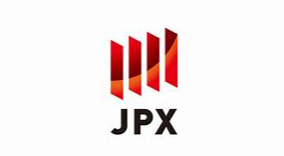









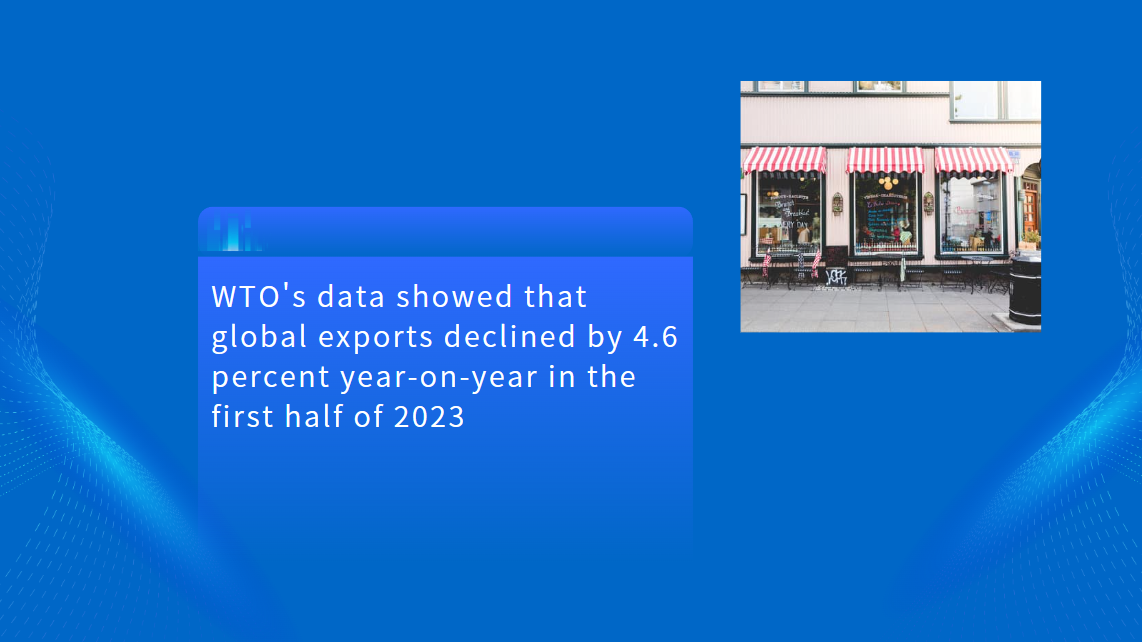








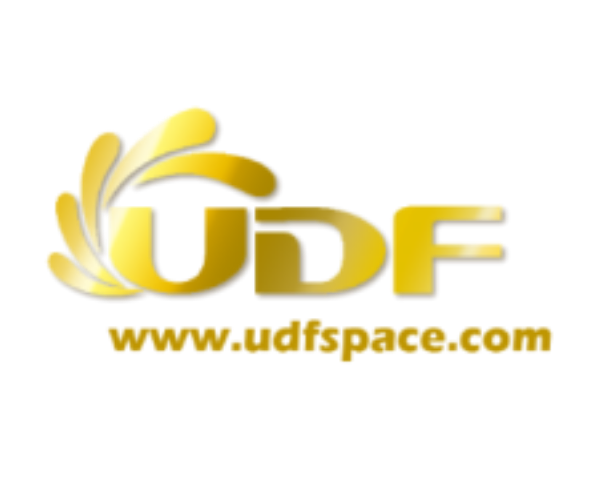












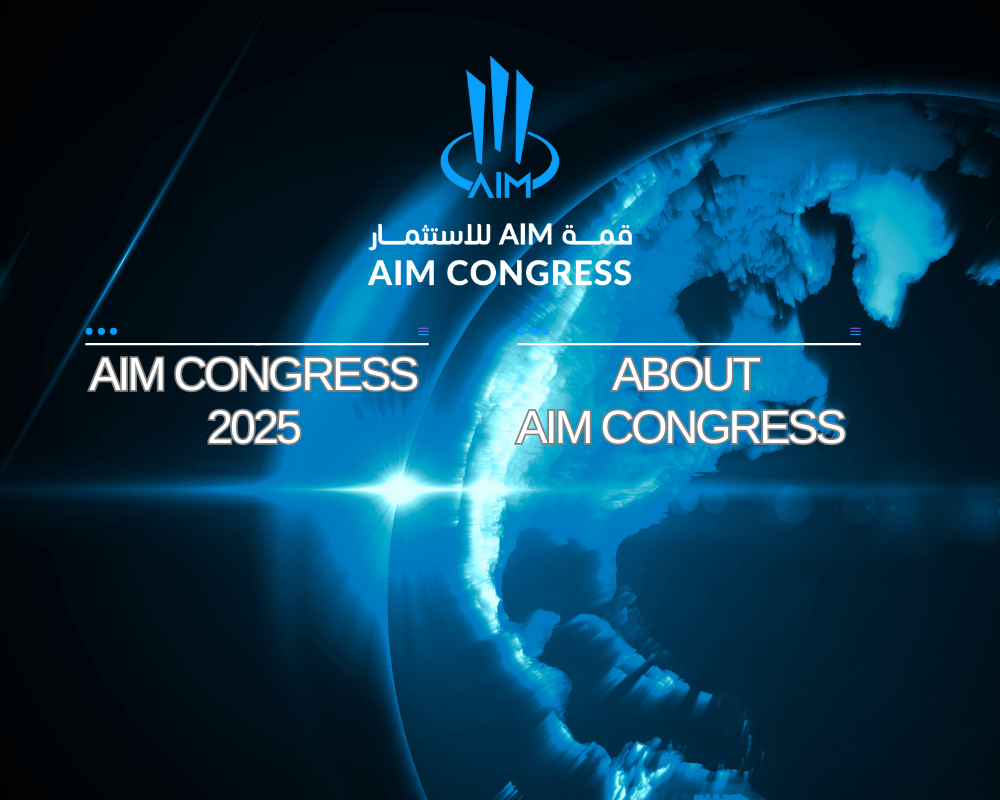












First, please LoginComment After ~